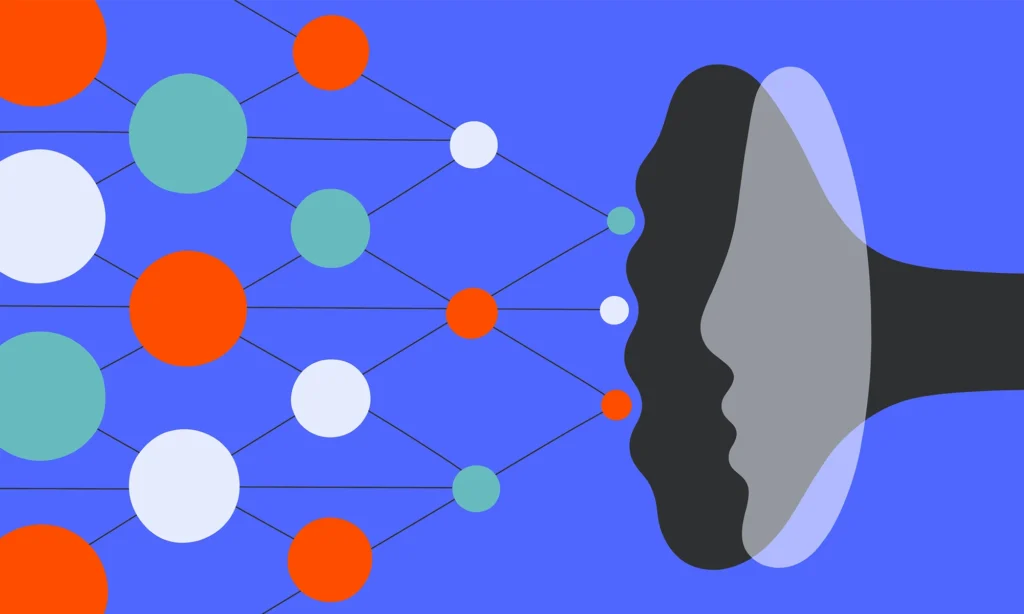Despite a 40 percent drop in funding earlier this year, the BRAIN Initiative, the National Institutes of Health (NIH) program that finances large swaths of basic neuroscience research, remains a “high priority,” the agency’s director, Monica Bertagnolli, said in a U.S. House Committee on Appropriations hearing on Tuesday.
Still, those budget cuts put the future of the program at risk—just when it is seeing its biggest successes, according to a commentary published today in Nature Neuroscience. “It just feels like tripping just before home base,” says commentary co-author Cory Miller, professor of psychology at the University of California, San Diego.
The BRAIN Initiative lost $278 million in funding from the 2023 to the 2024 fiscal year budget. That change, announced in April, reflected a planned decrease in contributions to the program from the 21st Century Cures Act and no simultaneous increase in base appropriations. The program kept ongoing grants funded, but multiple new opportunities were canceled or terminated in May.
When the BRAIN Initiative launched, it focused on funding scientists who were creating brain atlases and tools to help advance neuroscience research, says Weizhe Hong, professor of neurobiology and biological chemistry at the University of California, Los Angeles, who co-authored the commentary. Those resources have advanced translational research—leading, for example, to the development of neuroprosthetics to restore someone’s ability to speak and viral vectors to target specific cell types for gene therapy, he says.
Now this progress “is really at a critical point where behavioral and circuits and systems neuroscience can use the resources to make amazing discoveries,” Hong says. “Our goal is to convince the Congress and the people at the NIH to increase the funding for BRAIN—and hopefully it will see an increase in the next few years.”
C
ompensating for the 40 percent decrease in 2024 funding in the 2025 budget would require appropriations from Congress, which Hong and Miller both say may be an uphill battle.In the U.S. election earlier this month, Republicans took control of both the House of Representatives and the Senate, and the party has stressed a commitment to limiting spending. The current Congress passed and President Joe Biden approved a continuing resolution in September, which extends current funding conditions through 20 December. But negotiations for the 2025 budget will likely be delayed into January to allow the new Congress and President-elect Donald Trump to weigh in on spending levels, says Joanne Padrón Carney, chief government relations officer at the American Association for the Advancement of Science, a nonprofit general science society based in Washington, D.C.
During the House appropriations committee hearing on Tuesday, chairman Robert Aderholt, a representative from Alabama, asked Bertagnolli to comment on the future of the BRAIN Initiative, the Cancer Moonshot and the All of Us precision-medicine research program, all of which have been funded through the Cures Act, which is set to expire in 2026.
“I think it would be extremely unfortunate to let any of these three programs end, because they have been tremendously beneficial, productive—frankly, exciting—every single day,” Bertagnolli said. “We cannot let them die, because they have done amazing work. And you know, if our budgets are flat or we are forced to figure out ‘how do we replace these fundings that disappear?’ We’re going to have to make some really difficult decisions. But they’re critical. I don’t want to let them go.”
Aderholt pressed her on the matter, asking if she was committed to those programs.
“Well, I will say that we are going to have to make some incredibly difficult decisions. I think that they’re high priority for us,” Bertagnolli responded.
W
ith limited money available across the general federal budget, those decisions may come down to which groups make the best case for their work, Miller says. He and his colleagues have organized meetings with local political representatives to discuss the importance of BRAIN funding.“You have to engage; you have to communicate to the public,” Miller says. “If you don’t tell people what’s important about what you’re doing, no one else is going to do it for you.”
The American Brain Coalition is also working with neuroscientists to advocate for BRAIN funding. The organization hosts regular briefings on Capitol Hill, during which neuroscientists can speak with members of Congress and their staff about their research. The coalition also offers a resource for anyone who wants to contact their representatives about supporting the BRAIN Initiative.
Despite the funding challenges, neuroscience research is a bipartisan issue, Miller says. Everyone knows someone affected by depression, Parkinson’s disease or some other neurological condition, and the initiative has enjoyed support from representatives on both sides of the aisle, he says. “It’s not red or blue. The brain doesn’t care.”





